Amplifiers
-

Phase Splitter
Introduction Often, not only the amplitude of the signal is interesting to transform, such as amplifiers do, but also its phase....
1 Comments7.254Views -

Class D Amplifiers
Introduction In the previous tutorials, an important link has been established between the conduction angle of an amplifier and...
0 Comments6.656Views -

Frequency Response of Amplifiers
Introduction As such for any electronic circuit, the behavior of amplifiers is affected by the frequency of the signal on...
1 Comments42.989Views -
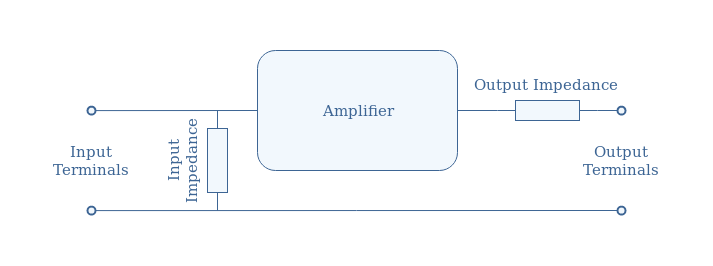
Input and Output Impedances of Amplifiers
Introduction In a very simplified point of view, an amplifier consists of a "box" that realizes an amplification function...
1 Comments35.487Views -
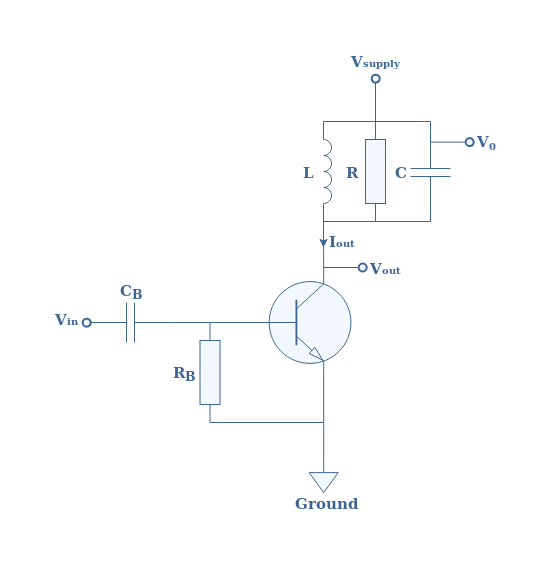
Class C Amplifiers
Introduction Despite their differences, we have seen in the previous tutorials about class A, class B and class AB amplifiers,...
3 Comments16.378Views -
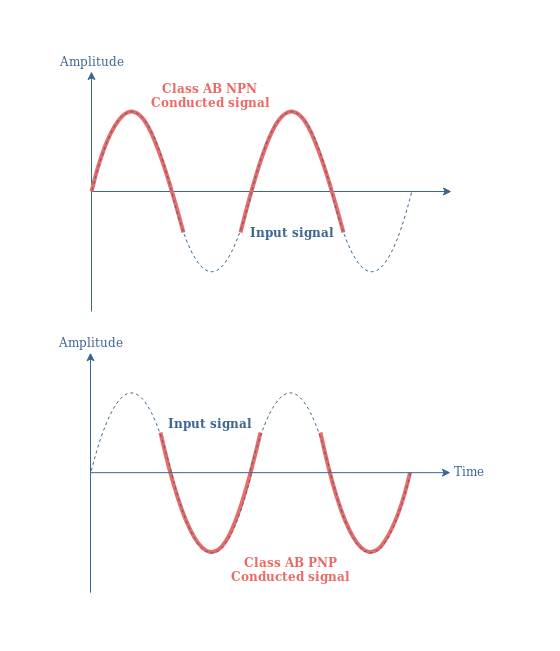
Class AB Amplifiers
Introduction Class A amplifiers offer a very good linearity of the output, meaning that the signal is faithfully reproduced,...
0 Comments27.352Views -
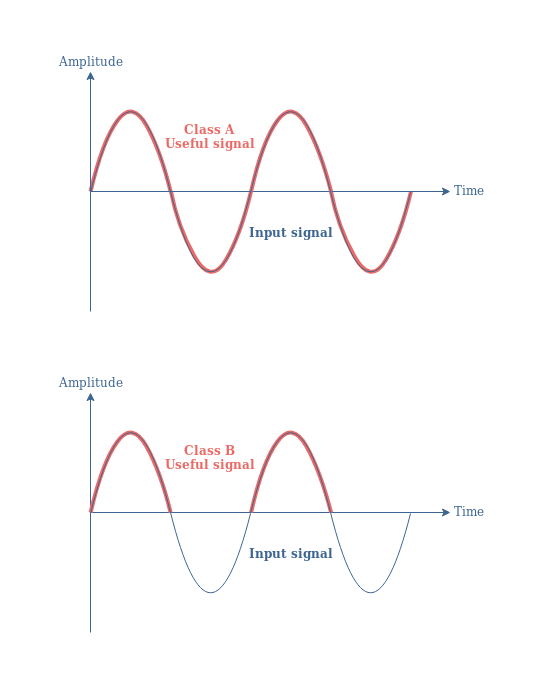
Class B Amplifiers
Introduction We have seen during the previous tutorial that Class A amplifiers are characterized by a conduction angle of 360°...
0 Comments13.124Views -
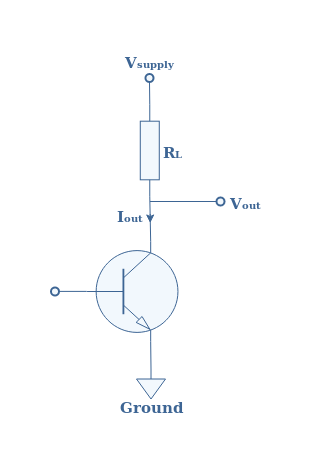
Class A amplifiers
Introduction In the introduction tutorial Amplifier Classes, we have presented the different classes of amplification that can...
0 Comments11.731Views -
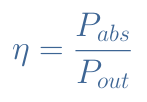
Amplifier Classes
Introduction Amplifiers are commonly classified depending on the structure of the output stage. Indeed, the power amplification...
1 Comments12.701Views -
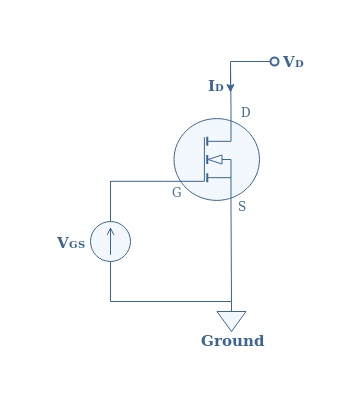
MOSFET Amplifier
Introduction to the MOSFET We have already seen in detail that a signal amplifier can be made with a Bipolar Junction Transistor...
2 Comments16.383Views

